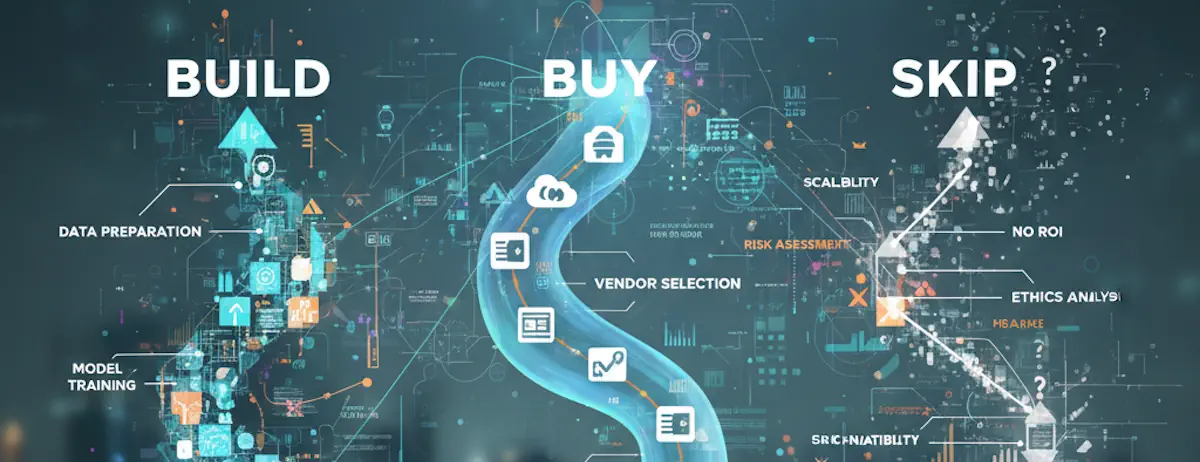Beyond the Build: Why Technology Rollouts Succeed or Fail
Building great technology is the easy part. Getting people to embrace it? That's where most organizations stumble.

I’m knee deep in a massive technology rollout right now. New systems, new workflows, new ways of thinking about problems we’ve solved the same way for years. The technology itself? It’s solid. Well-architected, thoroughly tested, and genuinely solves real problems.
But here’s what keeps me up at night: Will people actually use it?
The Uncomfortable Truth About Technology Adoption
The statistics are sobering. Research consistently shows that most change initiatives struggle to meet their goals, with only 30-34% achieving their intended outcomes. Even more concerning, technology-focused transformations are twice as likely to fail when they prioritize tools over strategy and human factors.
After years of leading product teams and now working through this transformation, I’ve realized that we’ve been asking the wrong questions. Instead of “How do we build the best solution?” we should be asking “How do we create the right conditions for adoption?”
What Really Drives Success
The research paints a clear picture of what separates successful rollouts from expensive failures.
Communication isn’t optional—it’s foundational. According to change management studies, organizations with effective communication strategies increase their success rate by 38%. Yet 51% of executives admit their organizations struggle to maintain regular communication during transformations.
Employee involvement matters more than we think. While 74% of leaders believe they actively include employees in shaping change strategies, only 42% of employees feel they have a genuine say in the process. This perception gap becomes adoption reality.
The human element trumps technical excellence. As I’ve written about before in “The Human Centered Product Leader”, the differentiating factor isn’t technical brilliance—it’s understanding and addressing the human dynamics of change.
The Change Management Checklist I’m Using
Through this rollout, I’ve developed a simple framework that’s proving effective:
- Start with the “why” before explaining the “what”
- Identify change champions in each affected team
- Create safe spaces for questions and concerns
- Measure understanding, not just usage
- Plan for the dip—performance always drops before it improves
“Companies that take time to identify and shift employee mindsets are 4x more likely to rate their change initiative as successful.”
— McKinsey Global Institute
Beyond the Technology
The hardest lesson I’m learning is that successful change management requires the same rigor we apply to product development. You need clear success metrics, regular feedback loops, and the willingness to iterate based on what you learn.
We’ve been tracking not just system usage, but confidence levels, support ticket trends, and qualitative feedback about the change experience itself. The data tells a story that pure adoption metrics would miss.
The Path Forward
As I’ve explored in “Leading with a Growth Mindset”, the most effective transformations happen when we approach change as a learning opportunity rather than a deployment exercise.
Your technology rollout isn’t complete when the system goes live. It’s complete when people have internalized the new way of working and can’t imagine going back to the old way.
What’s your experience with technology adoption? What factors have made the biggest difference in your rollouts?








